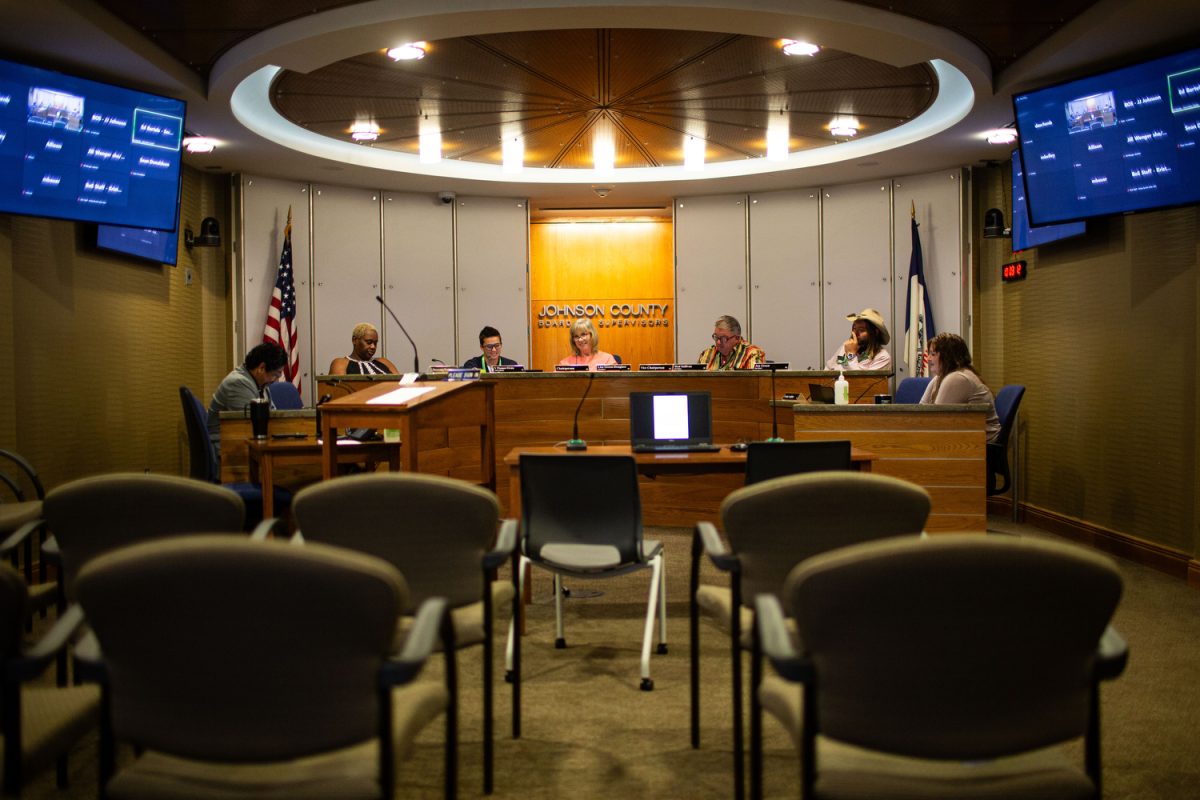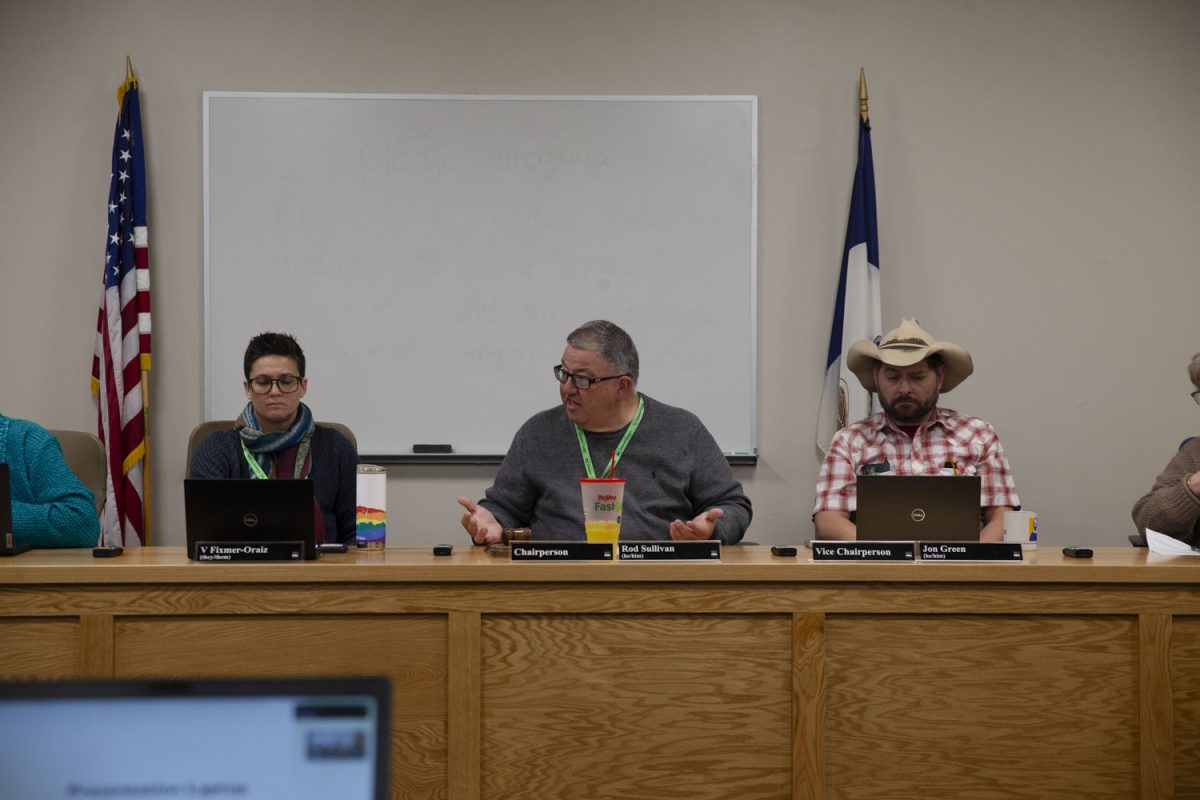The Iowa City School District has seen an increase in enrollment coupled with a rise in students needing English as a Second Language services. This year, the district added additional support for these students, which allowed nearly 500 more students to be served than last year.
English Language Learners is a program which helps students in grades K-12 learn the English language and help gain cognitive and academic skills needed to succeed in school in the United States.
The district serves 800 students out of the 950 identified English Language Learners enrolled in school. The four primary languages students speak from the district are Spanish, Arabic, Swahili, and Chinese.
“We have had a huge increase in enrollment since last September,” wrote the district’s English language coordinator Lisa Boyer in an email. “The influx has been a result of various factors … I believe we are doing a much better job of identifying students in need of English-language support and providing them with services until they can be successful on their own.”
In September 2012, the district was serving 350 of these students. The increase is largely attributed to the number of schools in the district that implemented their own programs this year.
In the 2011-12 school year, the cost to operate the program serving 483 students was $587,626.20. In the 2012-13 school year, the program increased to 501 students at an overall cost of $845,077.96. Costs have not been released for the current school year.
City High implemented an English language program of its own this year. Prior to this program, students living in the City High area who wanted to take advantage of the services had to attend West High to be involved in the program.
There are four levels students can progress through — beginner, intermediate, advanced-intermediate, and advanced. As students move up the levels, they should become more independent with the English language.
City High English Language Learner teacher Leah Tweedy said being in high school and learning a new language is much different from doing the same in elementary school.
“It’s one thing when you’re in elementary [school], and you still have 10 years ahead of you, but here it’s relatively intense, because they’re going to be out in college very soon,” she said. “We provide a lot of support in the beginning, and then we start removing some of the supports as they get more and more independent with their English.”
Horn Elementary joined City High in getting a program this year. Principal Kristin Cannon said the experience has been “wonderful” so far, and she stressed that it’s important that children stay in their neighborhood schools.
“I think it’s something that should be available in every school, and I think that is what the district is working toward,” she said. “I hope it brings together students and shows them we come from many different places, and we can understand and learn about each other through other cultures.”
For junior-high students in the district, Southeast Junior High does not have an English-language program. Students in the area who want that service have to go to Northwest Junior High.
Southeast Principal Matt Degner said he has experience with these programs from working in other districts, recognizes there is a need, and is looking into the logistics of putting in a program.
Currently, Degner said the school has trained personnel to assist the students, if they have deferred to go to Northwest Junior High School.
Degner said the school would have to look at capacity, numbers, and how the program would be implemented before deciding to give it a try. However, he recognized the success of City High and said the service is something he would like to capitalize on.
“We know students have a need, and we always do our best to meet students’ needs,” he said. “For [English-language] students, [the solution] would be having the program they can easily access.”






